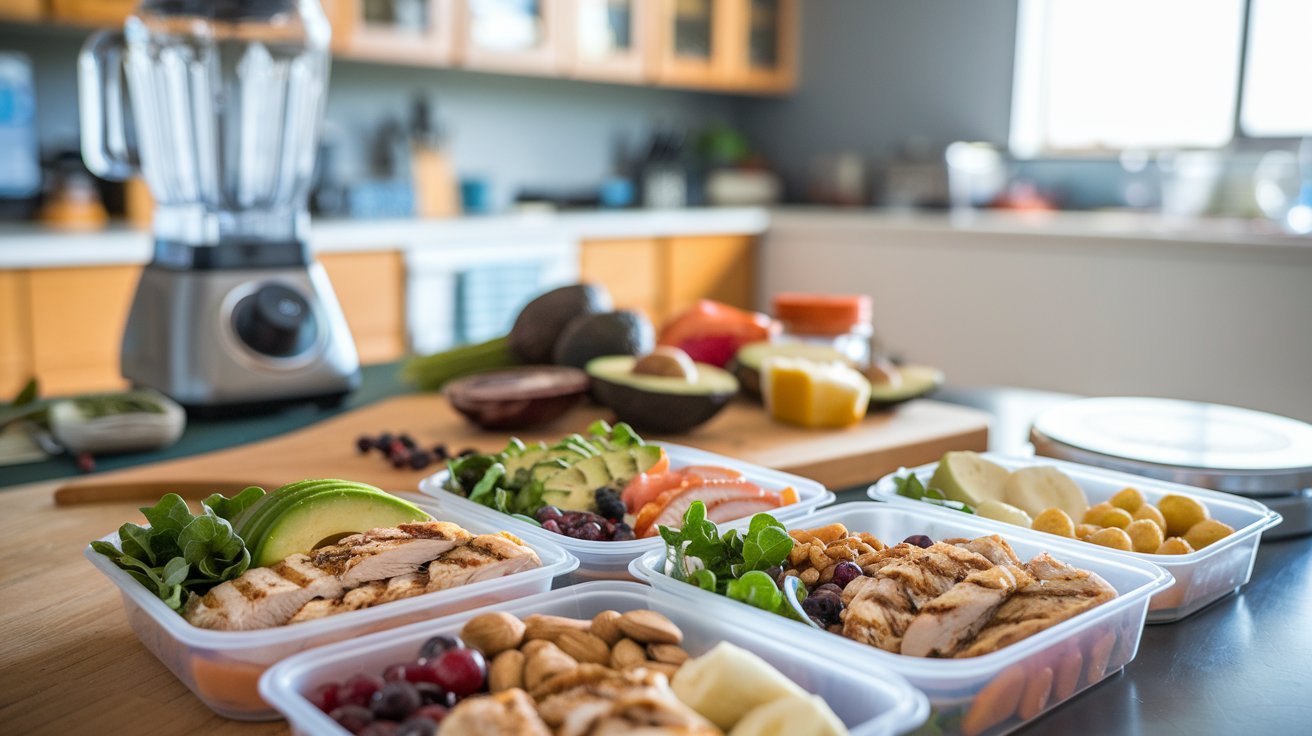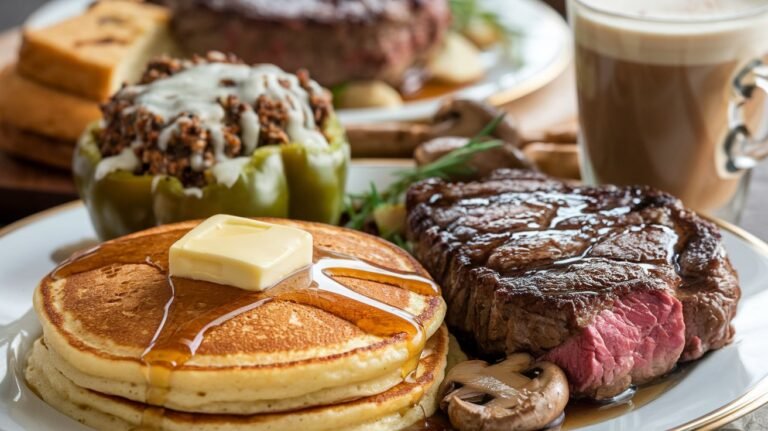Explore Healthy Living
In today’s fast-paced world, meal prepping has become an essential strategy for those looking to stay on track with their diet and health goals. When it comes to the keto diet, meal prep is not just a convenience—it’s a game changer. By planning your meals in advance, you can ensure you stay in ketosis, avoid last-minute unhealthy choices, and simplify your weight loss journey.
This 90-day keto meal prep plan is designed to make your transition to a low-carb, high-fat lifestyle seamless and sustainable. Whether you’re a beginner or have some experience with keto, this structured plan will help you:
- Save time by prepping meals efficiently.
- Stay on track with your macros for steady fat loss.
- Eliminate guesswork and reduce daily food decisions.
Over the next three months, you’ll follow a step-by-step approach to meal prepping that aligns with your body’s adaptation to ketosis. Each phase will gradually adjust your diet to optimize fat burning, improve energy levels, and set you up for long-term success.
By the end of this guide, you’ll have everything you need to build a sustainable keto meal prep routine, including weekly meal plans, prep tips, and strategies to overcome common challenges. Let’s get started on your 90-day transformation!
Understanding the Keto Diet
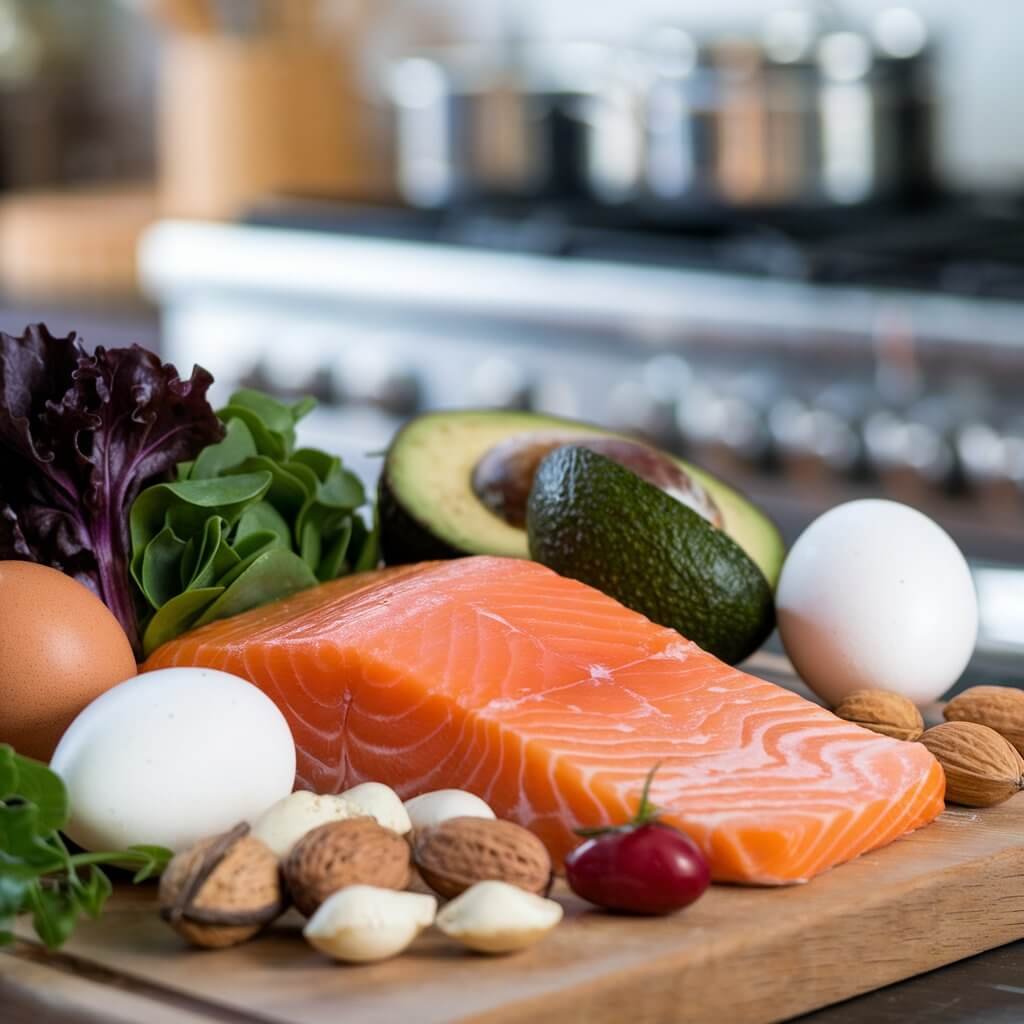
1.1 What is the Keto Diet?
The ketogenic diet, or keto diet, is a low-carb, high-fat eating plan designed to shift your body’s metabolism into a state called ketosis. In this state, your body burns fat for fuel instead of carbohydrates, leading to faster weight loss and improved energy levels.
At its core, the keto diet follows these macronutrient ratios:
70-75% fats (healthy fats like avocados, nuts, and olive oil)
20-25% protein (moderate protein intake from meat, eggs, and dairy)
5-10% carbohydrates (mostly from non-starchy vegetables)
When carb intake is drastically reduced, the body starts producing ketones, an alternative fuel source derived from fat. This process enhances fat burning and offers several health benefits, including:
- Accelerated weight loss due to continuous fat burning.
- Stable blood sugar levels, reducing energy crashes.
- Increased mental clarity and focus from ketones.
- Reduced cravings and appetite control.
1.2 Benefits of Keto Meal Prep
Starting a keto diet can be overwhelming, but meal prepping makes it significantly easier. Here’s why meal prepping is a must for a successful keto journey:
Saves Time & Reduces Stress – Prepping meals in advance eliminates the daily hassle of deciding what to eat. With a stocked fridge, you won’t waste time cooking every day.
Prevents Cheat Meals & Keeps You on Track – When healthy keto meals are ready to go, you’re less likely to reach for high-carb, unhealthy alternatives.
Helps with Portion Control – Overeating, even on keto, can slow down weight loss. Meal prepping allows you to control portions and stay within your macro goals.
Ensures Proper Macronutrient Balance – Tracking macros is crucial for ketosis. By prepping meals ahead, you can precisely measure your carb, fat, and protein intake.
Saves Money – Buying ingredients in bulk and cooking in batches can lower grocery costs and reduce food waste.
By understanding the keto diet’s fundamentals and the advantages of meal prepping, you’ll be well-equipped to kickstart your 90-day keto meal prep plan with confidence.
The 90-Day Keto Meal Prep Plan
Meal prepping is one of the most effective strategies for staying on track with the ketogenic diet. A well-structured 90-day meal prep plan ensures that you have nutritious, keto-friendly meals ready at all times, reducing the chances of making unhealthy food choices. This plan is divided into three phases, each tailored to different stages of your keto adaptation and weight loss journey.
2.1 Breakdown of the 90-Day Plan
The 90-day keto meal prep plan is structured into three distinct phases:
- Phase 1 (Days 1-30): Keto Adaptation – Helps your body transition into ketosis.
- Phase 2 (Days 31-60): Optimizing Fat Loss – Focuses on refining your macros and incorporating intermittent fasting.
- Phase 3 (Days 61-90): Sustainable Keto Lifestyle – Encourages long-term adherence and introduces flexibility.
Phase 1 (Days 1-30): Keto Adaptation
The first 30 days are all about adapting to the keto diet. This phase is crucial for transitioning your body from burning carbohydrates to burning fat for fuel. During this period, you’ll want to focus on simple and beginner-friendly meals that allow your body to gradually adjust to the metabolic shift into ketosis.
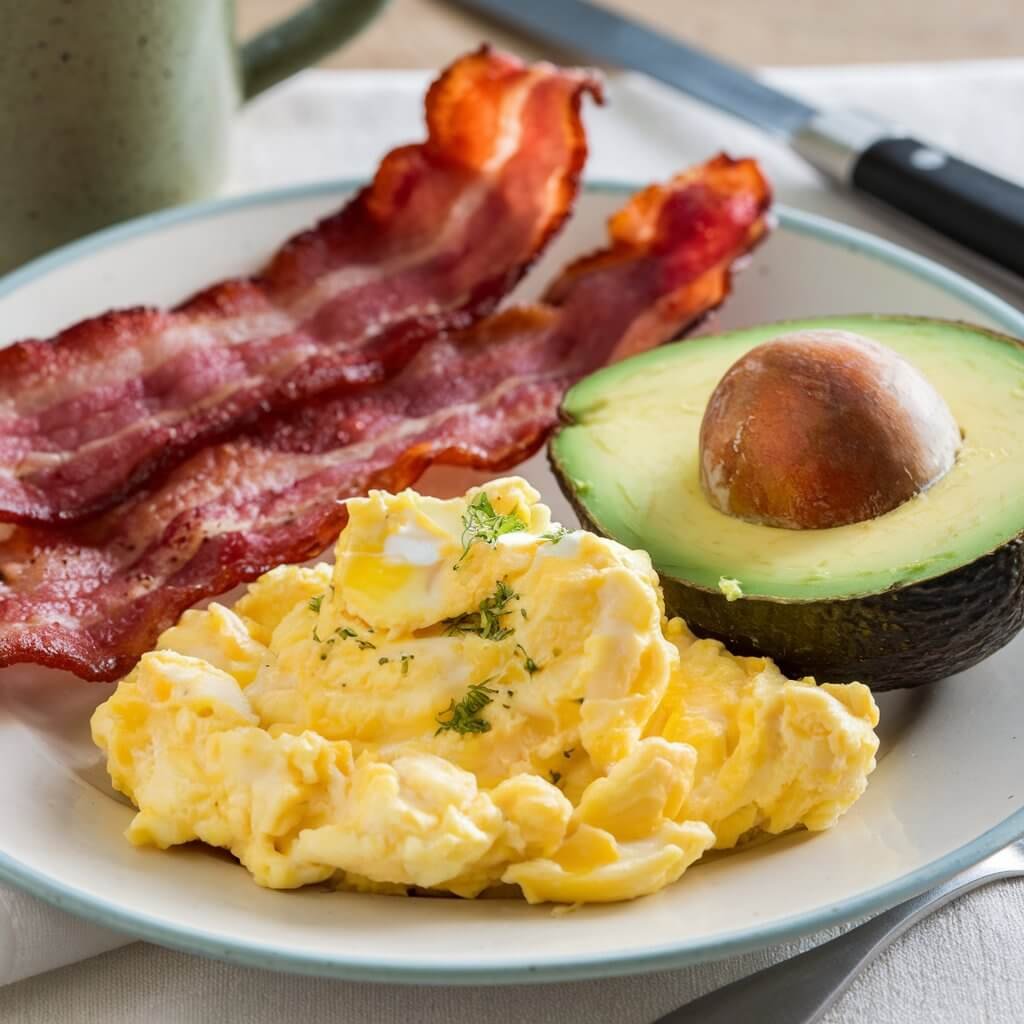
Key Focus in Phase 1:
- During the first month, your body is learning to adapt to burning fat for energy instead of glucose. To make this transition easier, focus on easy-to-digest proteins and fats, such as eggs, chicken, and fish, alongside healthy fats like avocado, olive oil, and coconut oil.
- This phase should be about simplicity and comfort. Don’t overwhelm yourself with complex recipes. Instead, focus on meals that are easy to prepare and satisfying.
- Drink plenty of water, and make sure to balance your electrolytes—potassium, magnesium, and sodium—to minimize the side effects of the keto flu. These minerals help reduce headaches, fatigue, and muscle cramps, common in the early stages of ketosis.
Example Meal Plan for Phase 1:
A typical meal during Phase 1 might include scrambled eggs cooked in butter, a few slices of avocado, and crispy bacon on the side. This combination provides healthy fats and protein, helping to stabilize your blood sugar and keep you in ketosis while offering a satisfying meal.
Phase 2 (Days 31-60): Optimizing Fat Loss
In Phase 2, the focus shifts from simply adapting to actively optimizing fat loss. After your body has adjusted to ketosis, it’s time to make your meals more fat-dense and incorporate intermittent fasting to further accelerate weight loss. This phase is about refining your approach to make sure your body is in fat-burning mode for longer periods of the day.
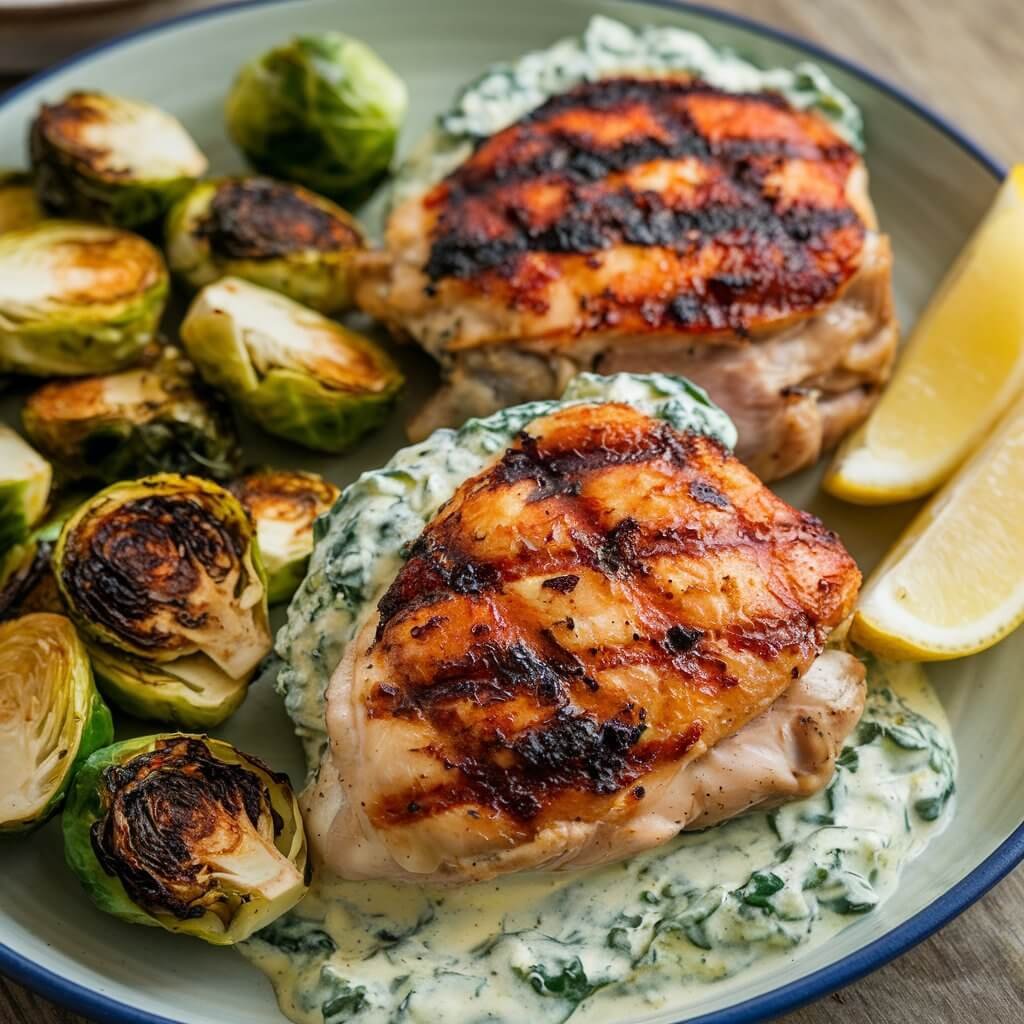
Key Focus in Phase 2:
- Intermittent fasting is introduced. This could involve limiting your eating window to 6-8 hours each day, allowing your body to burn fat during the fasting period. You could have a meal around noon, then another in the evening.
- Start to incorporate higher-fat meals with more nutrient-dense options, such as fatty cuts of meat, eggs, heavy cream, and full-fat cheeses. These meals will keep you full longer and provide a steady source of energy.
- You should continue to focus on non-starchy vegetables, such as leafy greens, zucchini, and cauliflower, which are low in carbs but high in fiber, vitamins, and minerals. These vegetables will help you stay within your carb limit while ensuring you get enough nutrients to support your metabolism.
Example Meal Plan for Phase 2:
A typical meal during this phase could include grilled chicken thighs cooked in butter or ghee, served alongside a rich creamy spinach sauce. You could also add some roasted Brussels sprouts on the side. The meal is balanced in protein, fat, and fiber, keeping you full and in fat-burning mode.
Phase 3 (Days 61-90): Sustainable Keto Lifestyle
By now, your body should be fully adapted to the keto diet, and you’re likely seeing significant results in terms of weight loss. The final phase focuses on making keto a sustainable lifestyle. The goal here is to ensure that you can maintain the benefits of ketosis while still enjoying a variety of meals that keep you engaged in the long term.
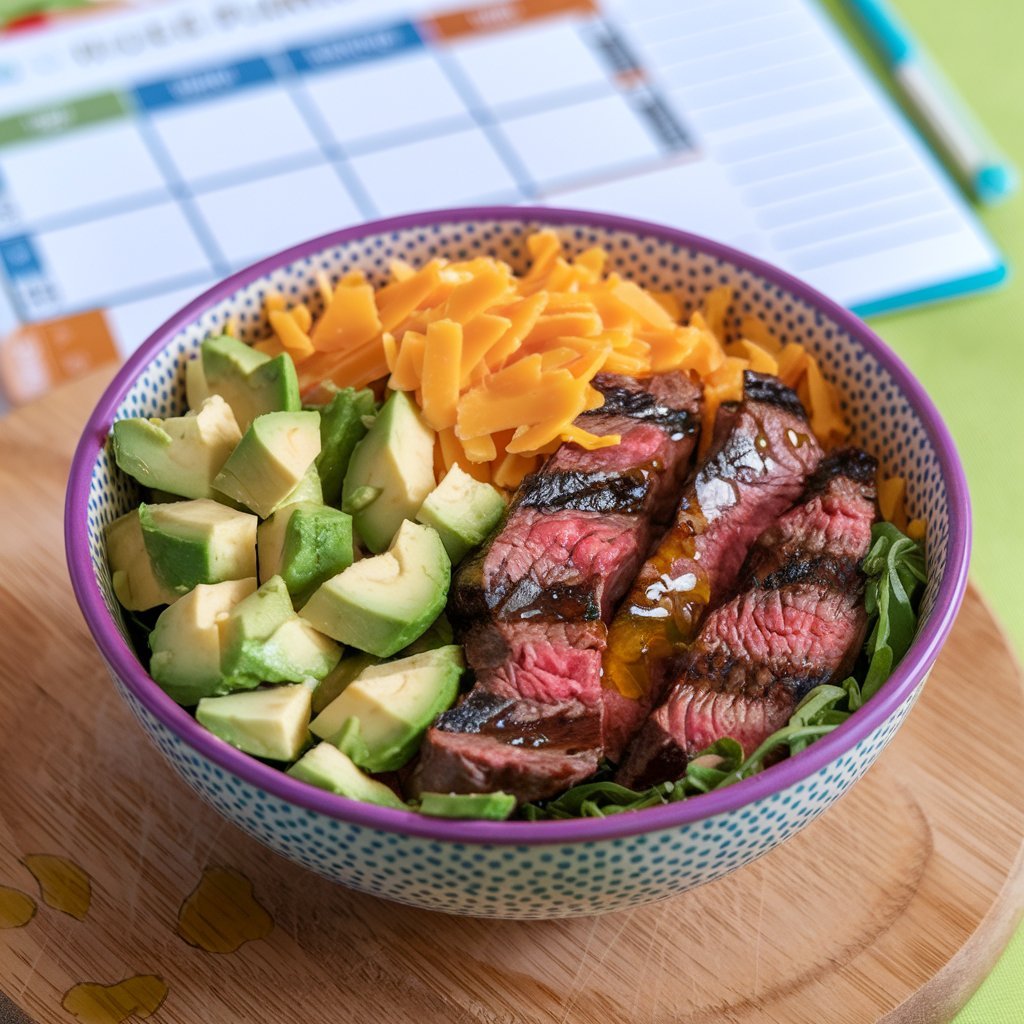
Key Focus in Phase 3:
- In this phase, it’s important to introduce variety into your meals to avoid boredom. You can start trying new recipes, incorporating different sources of protein, fats, and low-carb vegetables to keep your meals exciting.
- This phase is also about learning how to make keto work for you in the long run. If you’re comfortable with it, you can start strategically reintroducing carbs into your diet in small amounts (e.g., a small serving of sweet potatoes or quinoa), but always stay mindful of your carb limits.
- Focus on meals that provide nutrient diversity. While keto is low-carb, it should still be high in vitamins and minerals from fresh vegetables, nuts, seeds, and healthy oils. Eating a wide variety of keto foods ensures that you’re not just losing weight but also promoting overall wellness.
Example Meal Plan for Phase 3:
A meal for this phase could be a keto bowl with grilled steak, shredded cheese, avocado, and a drizzle of olive oil. This meal provides ample healthy fats, protein, and fiber, along with essential nutrients to keep you feeling your best. This phase allows for some flexibility in your food choices, so you can continue enjoying keto without feeling restricted.
Mastering Your 90-Day Keto Meal Prep Journey
The 90-day keto meal prep plan is a step-by-step approach to help you transition from adapting to ketosis to optimizing fat loss and ultimately maintaining a sustainable keto lifestyle. By following this structured plan, you can enjoy the benefits of the keto diet without feeling overwhelmed or stuck in a cycle of restrictive eating. The key is consistency, balance, and a focus on nutrient-dense meals that align with your goals.
By the end of these three phases, you’ll have not only lost weight but also developed the habits and knowledge necessary to maintain the keto lifestyle for the long term.
Keto Meal Prep Strategies for Success
Mastering keto meal prep is key to achieving long-term success on a low-carb diet. With the right strategies, you can save time, reduce stress, and ensure that you always have nutrient-dense, keto-friendly meals available. This section will guide you through the best meal prep techniques, common mistakes to avoid, and tips to stay motivated throughout your 90-day journey and beyond.
3.1 Meal Prepping Like a Pro
Batch Cooking vs. Daily Prep
When it comes to keto meal prep, choosing the right approach is crucial. There are two primary methods:
- Batch Cooking – Prepare large portions of meals at once and store them for the week.
- Daily Prep – Cook fresh meals every day with pre-prepped ingredients.
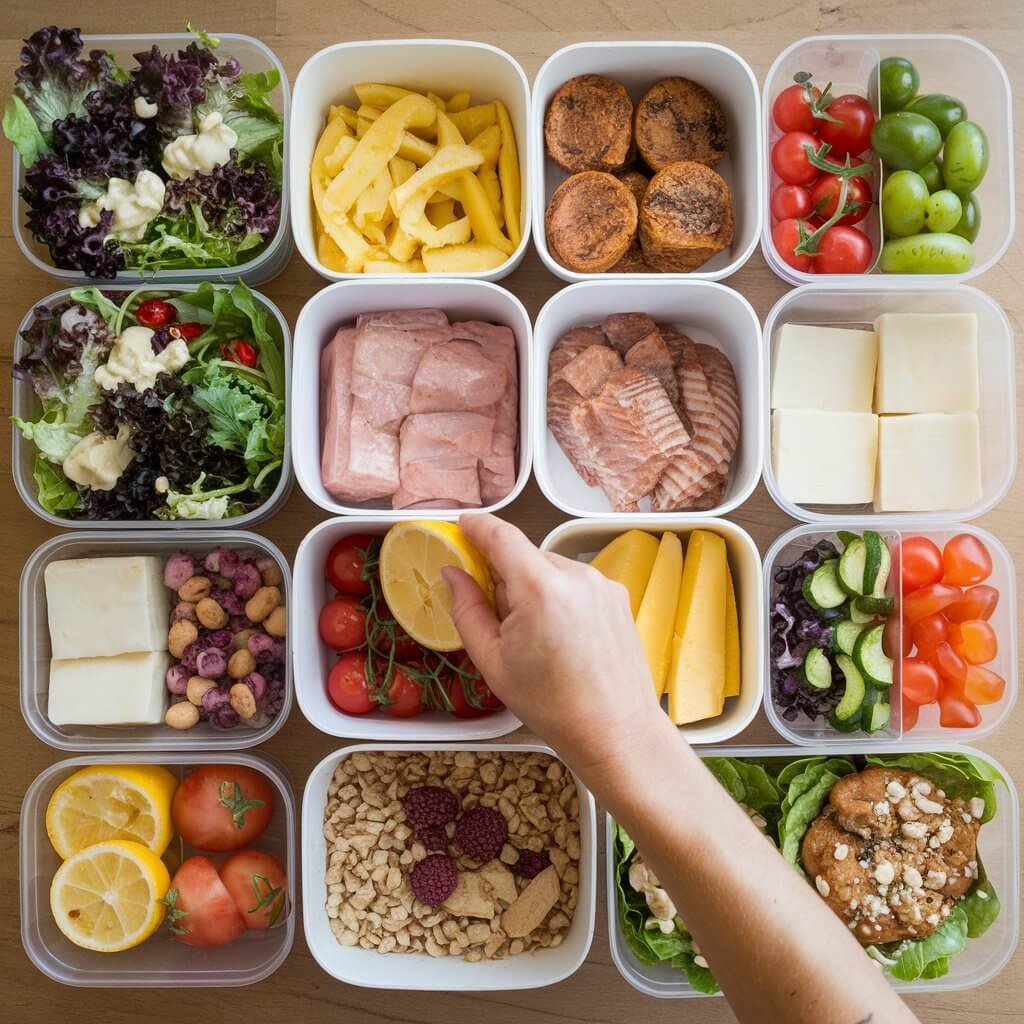
Which Method is Best?
| Approach | Pros | Cons |
|---|---|---|
| Batch Cooking | Saves time, reduces stress, and allows for consistent portion control. | Requires more storage space and reheating may alter texture. |
| Daily Prep | Ensures fresh meals and offers more variety throughout the week. | Requires more time daily and may increase grocery trips. |
Most people prefer batch cooking because it minimizes daily effort. However, daily prep is ideal for those who enjoy freshly made meals and don’t mind extra cooking time.
How to Store, Freeze, and Reheat Keto Meals
Proper food storage is essential for maintaining freshness and preventing food waste. Follow these tips to extend the shelf life of your keto meals:
Storage Tips:
Use airtight glass containers to keep food fresh longer and prevent leaks.
Store cooked proteins separately from sauces and vegetables to maintain texture.
Label containers with dates to track freshness and avoid spoilage.
Freezing Tips:
Freeze meals in single portions to make reheating quick and easy.
Avoid freezing foods with high water content (e.g., zucchini, cucumbers) as they become mushy when thawed.
Wrap meats in parchment paper before placing them in freezer bags to prevent freezer burn.
Reheating Tips:
Use low to medium heat when reheating to maintain taste and texture.
Add a splash of water or broth to prevent dryness when reheating proteins.
Avoid microwaving eggs, as they tend to get rubbery.
3.2 Common Mistakes to Avoid
Even with careful planning, keto meal prep mistakes can happen. Here are some of the most common errors and how to avoid them:
1. Not Tracking Macros Correctly
A miscalculated macronutrient balance can prevent you from staying in ketosis.
Solution: Use a keto macro calculator or an app like MyFitnessPal to track carbs, protein, and fats accurately.
2. Over-Relying on Processed Keto Foods
Many packaged keto-friendly products (e.g., protein bars, keto bread) contain hidden carbs and artificial additives.
Solution: Prioritize whole, unprocessed foods like fresh vegetables, meats, and healthy fats.
3. Ignoring Hydration and Electrolytes
The keto flu (fatigue, headaches, muscle cramps) is often caused by electrolyte imbalances.
Solution: Increase intake of sodium, potassium, and magnesium by adding Himalayan salt, avocado, spinach, and nuts to your meals.
4. Preparing Too Many Repetitive Meals
Eating the same meals repeatedly can lead to boredom and cravings.
Solution: Rotate meal plans every two weeks and try new keto-friendly ingredients.
5. Forgetting to Plan for Snacks
Hunger cravings can strike unexpectedly, leading to unhealthy choices.
Solution: Always have keto-friendly snacks like boiled eggs, cheese cubes, and almonds on hand.
3.3 Staying Motivated for 90 Days
Sticking to a structured keto meal prep plan for 90 days requires dedication. Here are some effective strategies to maintain motivation and consistency:
1. Set Realistic Goals & Track Progress
- Define clear goals for your keto journey, whether it’s weight loss, muscle gain, or increased energy.
- Use a food journal or a keto-tracking app to monitor daily meals and macros.
- Take weekly progress photos to visualize results and stay motivated.
2. Overcoming Cravings & Meal Boredom
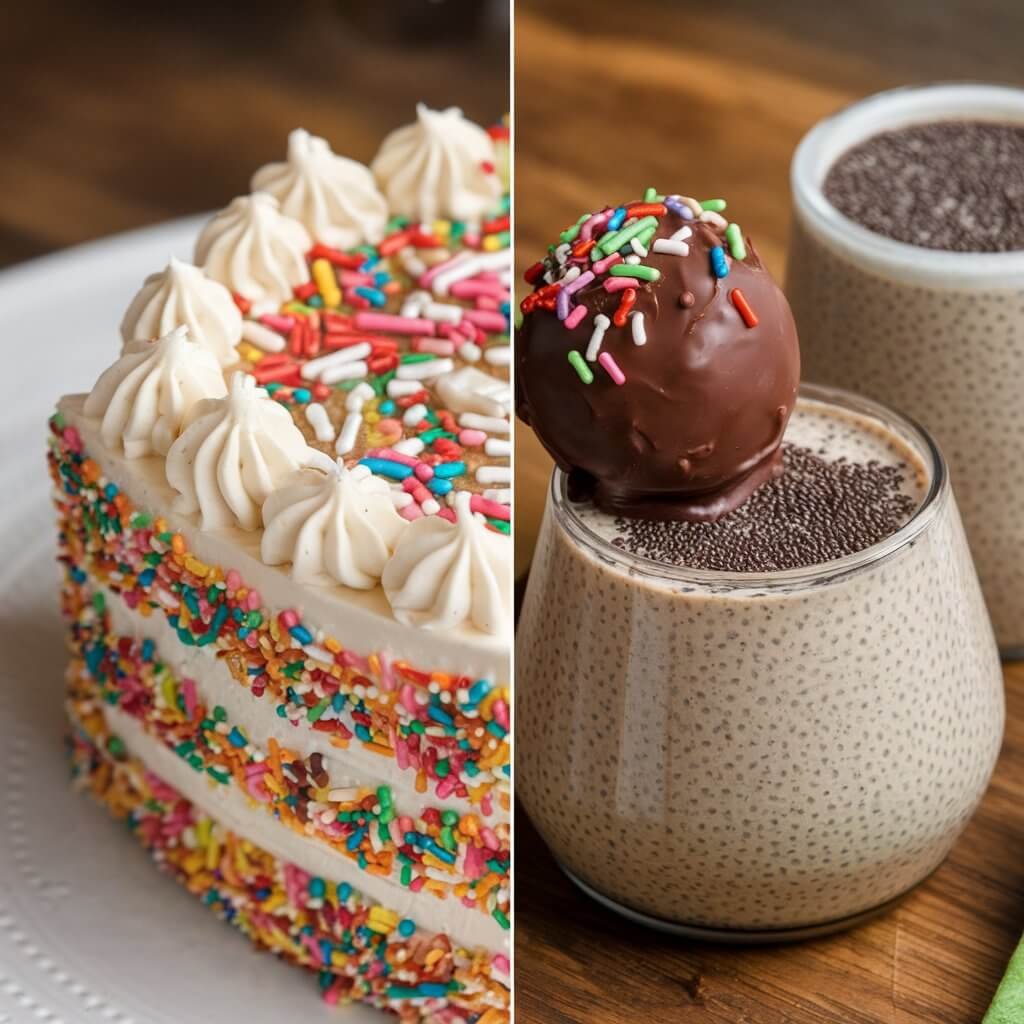
- Experiment with new keto recipes every week.
- Try different cooking methods (grilling, roasting, air frying) to enhance flavors.
- Satisfy sweet cravings with keto-friendly desserts like dark chocolate or fat bombs.
3. Cheat Meals: Should You Have Them?
Occasionally, you might crave non-keto foods. The key is to plan cheat meals wisely:
Choose low-carb alternatives instead of full cheat meals. If you indulge, return to keto immediately rather than extending the cheat. Try a carb refeed day if it fits your fitness goals, but avoid processed carbs.
Sustaining Your Keto Meal Prep Lifestyle
A well-planned keto meal prep strategy not only simplifies daily eating but also increases adherence to the diet. By avoiding common mistakes, optimizing storage and reheating methods, and staying motivated with realistic goals, you can successfully complete the 90-day keto journey.
In the next section, we’ll explore bonus resources, including printable meal plans, keto-friendly substitutions, and the best meal prep apps to enhance your keto experience.

